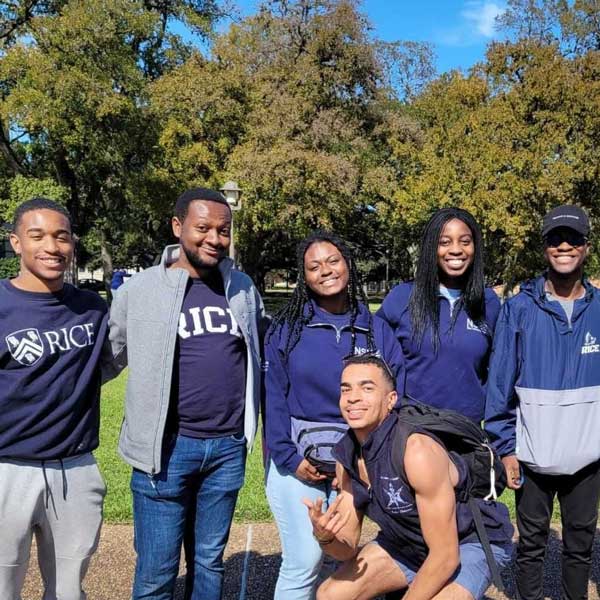Rice University, renowned for its commitment to excellence in undergraduate education, has recently doubled its investment in the George R. Brown Teaching Grant. The grant, now increased from $35,000 to $60,000 annually, aims to support innovative teaching projects that enhance the learning experience of undergraduate students. This boost in funding reflects Rice’s dedication to providing exceptional education and further strengthens its mission.

Investing in Teaching Innovation
The George R. Brown Teaching Grant is open to full-time and research faculty from all disciplines within the university. The grant seeks to encourage and support projects that offer significant innovation in the classroom and have a widespread impact on students. By investing in teaching innovation, Rice University aims to continually improve the quality of education it provides.
Increasing Funding and Expanding Opportunities
With the increased funding, the George R. Brown Teaching Grant subcommittee can now finance more projects and enable more ambitious proposals at higher levels. The grants can be utilized for various purposes, such as developing new courses, inviting outside speakers or consultants to enhance course content, or acquiring equipment, supplies, and materials. Each project can receive funding ranging from a few hundred dollars to approximately $8,000, surpassing the previous limit of $5,000.

Success Stories of Grant Recipients
Several faculty members have already benefited from the George R. Brown Teaching Grant, implementing innovative projects that have positively impacted undergraduate education at Rice University. Let’s explore a few success stories:
- Enhancing Architecture Education through Physical Models
Architecture Professor Mark Wamble received the George R. Brown Teaching Grant to support third-year students in their design studio. The grant provided financial assistance for creating and testing physical models, enriching the students’ learning experience compared to solely relying on digital models. Wamble noted that the understanding gained through physical testing is irreplaceable, leading to an exciting and almost euphoric experience for the students.
- Promoting Diversity and Inclusion in Medical Training
Dr. Laura Kabiri, an assistant teaching professor in the kinesiology program, utilized the grant to enhance the human physiology course. She introduced wireless sensors to record physiological variables, such as muscle activity, gas exchange, heart rate, and blood pressure. Additionally, Rice Emergency Medical Services utilized the grant to acquire new mannequins with diverse skin tones, providing a more realistic experience for students practicing IV procedures on different populations.
- Fostering Industry Connections for Engineering Students
Renata Ramos, senior associate dean of academic affairs in the George R. Brown School of Engineering, collaborated with Tracy Volz, director of the Activate Engineering Communication program, to create opportunities for first-year engineering students to interact with industry professionals. The grant facilitated the development of communication skills, improved knowledge of various engineering fields, and helped students establish a professional network. This initiative aims to support students in their career exploration, potentially improving retention and self-efficacy among first-year engineering students.

- Advancing Ethics Education in Philosophy
Philosophy Professor Timothy Schroeder utilized the grant to develop teaching modules on ethics for the philosophy department. These modules provide lecture notes and slides, which serve as valuable resources for new faculty, postdoctoral scholars, and Ph.D. students. The modules have accelerated the development of teaching materials and improved the quality of introductory-level philosophy courses on moral problems.
Applying for the George R. Brown Teaching Grant
Rice University encourages all full-time and research faculty members from various disciplines to apply for the George R. Brown Teaching Grant. To assist interested applicants, an information session/workshop will be held on Friday, Feb. 2, from noon to 1 p.m. in 129 Herring Hall. During the session, participants can obtain detailed information about the application process and receive tips for crafting successful project proposals.
Conclusion
Rice University’s increased investment in the George R. Brown Teaching Grant demonstrates its unwavering commitment to enhancing undergraduate education. By supporting innovative teaching projects, Rice aims to continually improve the learning experience for students across various disciplines. The success stories of grant recipients highlight the transformative impact of the grant on both faculty and students. As Rice University expands its graduate education, this increased funding reaffirms its dedication to undergraduate education and the pursuit of excellence.
